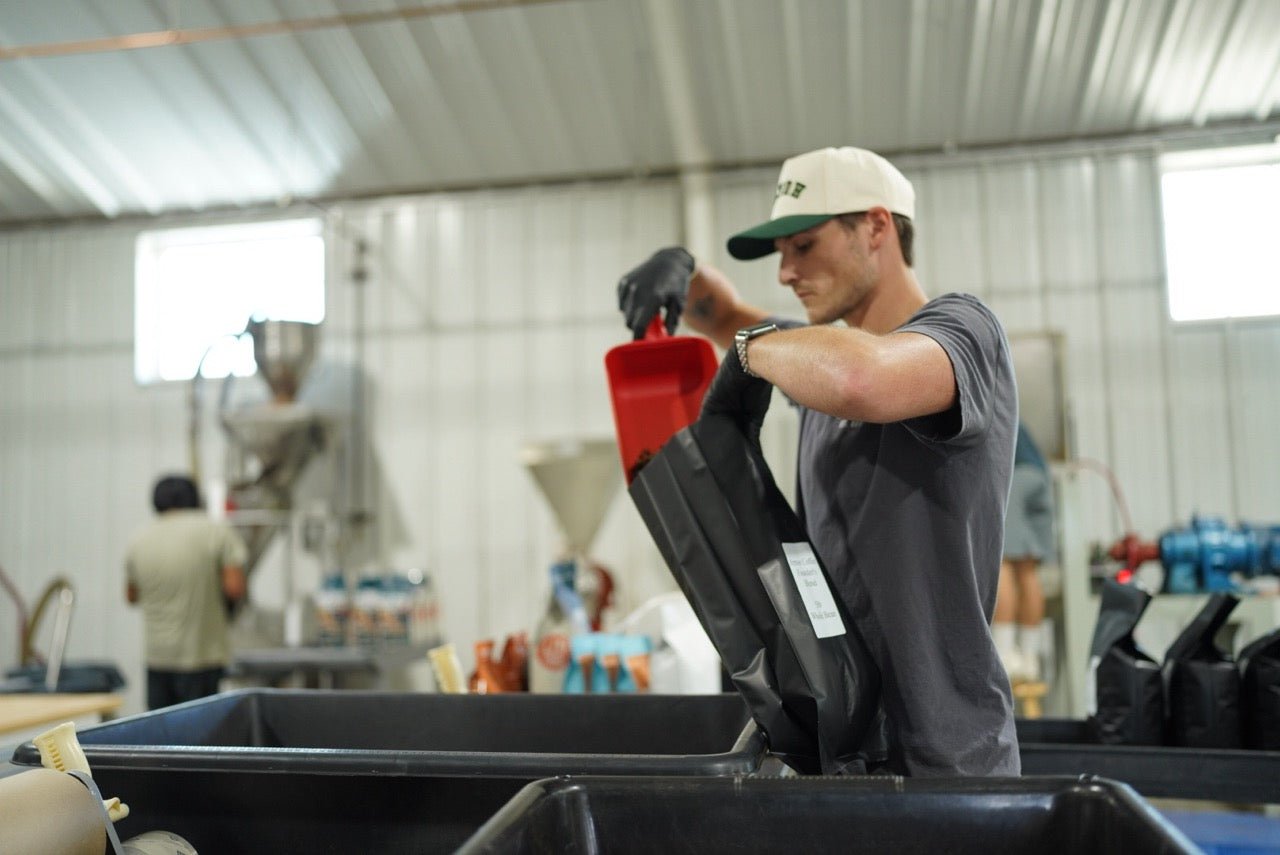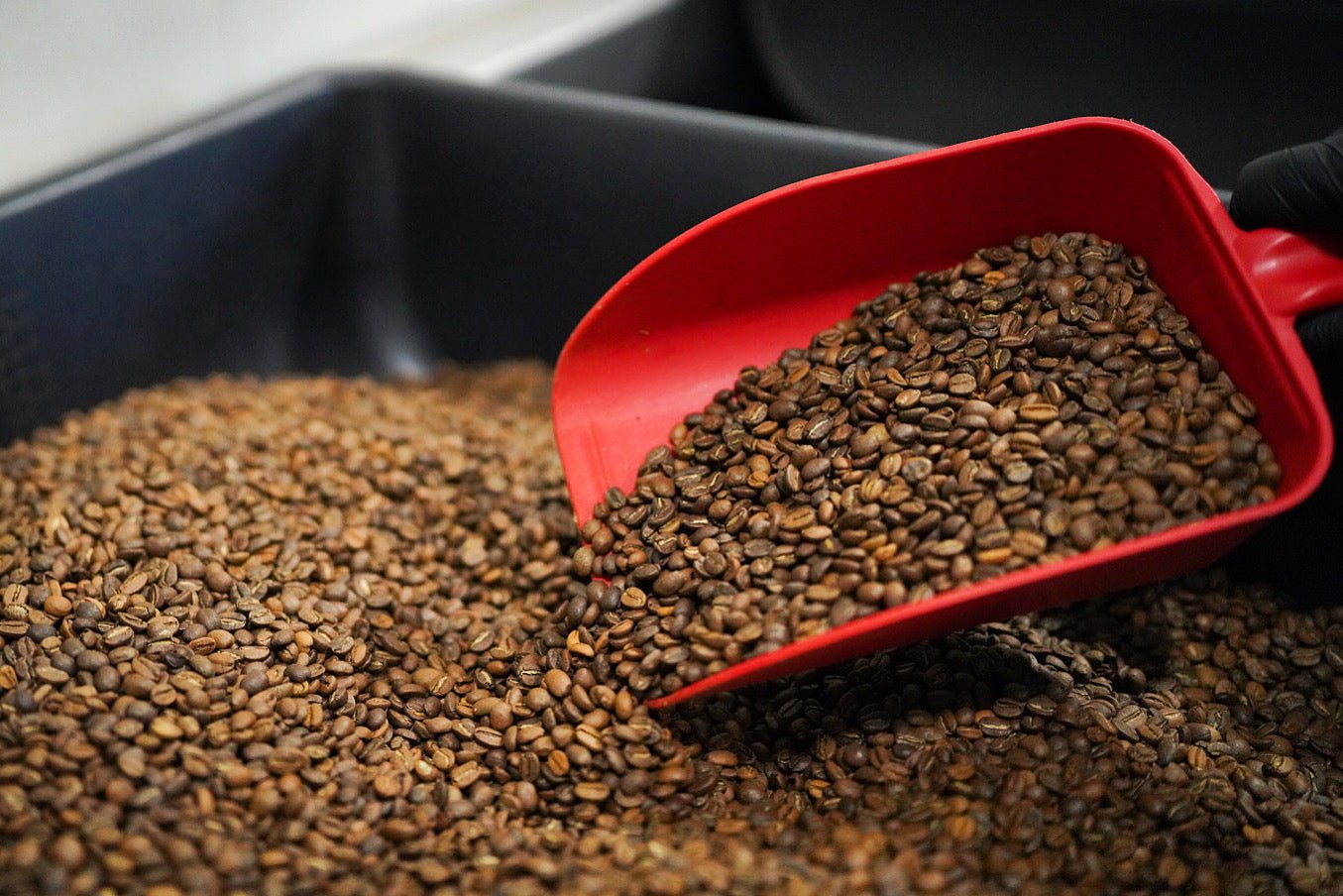The Rich Aroma of Tradition: Exploring the World of Colombian Coffee
Introduction
Colombian coffee, a name that resonates with deep flavors, rich history, and an unyielding commitment to quality, stands as a beacon in the global coffee landscape. Known for its smooth yet robust profile, it has captured the hearts and taste buds of coffee connoisseurs across the world, particularly in the United States. This blog takes you through the journey of Colombian coffee, from the lush fields of Colombia to your morning cup, unraveling the story behind its unmatched appeal.
History and Origin
The story of Colombian coffee is as rich as its taste. Coffee was introduced to Colombia in the early 19th century, quickly becoming a cornerstone of Colombian culture and economy. The unique combination of high altitude, tropical climate, and volcanic soil in regions like Antioquia, Huila, and Tolima create an ideal environment for coffee cultivation. This resulted in a product that was not just a crop, but a craft, deeply embedded in the Colombian way of life. Through generations, Colombian farmers, known as cafeteros, have passed down their coffee-growing wisdom, ensuring that every bean tells a story of tradition and passion.
Characteristics of Colombian Coffee
What sets Colombian coffee apart is its remarkable profile. Grown in the shadows of the Andes Mountains, Colombian coffee beans develop a rich, mild flavor, with a hint of nutty undertones and a smooth, clean finish. The combination of a balanced body, bright acidity, and a whisper of fruity or caramel sweetness makes it a favorite among coffee enthusiasts. This unique flavor profile is the result of meticulous cultivation and harvesting practices, coupled with the region’s natural blessings of ideal rainfall, altitude, and temperature.
Production and Processing
Colombian coffee is a product of labor and love. The majority of Colombian coffee is grown by smallholders, who tend to their crops with a personal touch that only a family can provide. The traditional method of hand-picking ensures that only the ripest cherries are harvested, maintaining high-quality standards. Post-harvest, the beans undergo a wet processing method, where they are washed and fermented to remove the mucilage. This process is crucial in enhancing the coffee's inherent flavors, making Colombian coffee a symbol of quality and craftsmanship.
Colombian Coffee in the Global Market
Colombia is the third-largest coffee producer in the world and the largest producer of washed Arabica coffee. Its coffee is not just a commodity, but a cultural ambassador, playing a vital role in the country's economy. In the US, Colombian coffee enjoys a prestigious position, often associated with high quality and exceptional taste. Its popularity has surged not just among regular consumers but also among specialty coffee roasters and cafes that seek the distinctive flavors that Colombian beans offer.
Sustainability and Future
Colombia's coffee sector is not just about preserving tradition but also about embracing sustainability. There is a growing emphasis on environmentally friendly practices, fair trade, and ensuring the welfare of the farmers. This commitment to sustainability not only helps protect the rich biodiversity of Colombia but also ensures the longevity and quality of its coffee.
Conclusion
Colombian coffee, with its rich history, unique flavor profile, and commitment to quality and sustainability, is more than just a beverage; it's an experience. For US coffee lovers and roasters, it represents an opportunity to savor a cup that is steeped in tradition and crafted with care. As you enjoy your next cup of Colombian coffee, remember that it's not just a drink, but a journey through the heart of Colombia's coffee culture.


